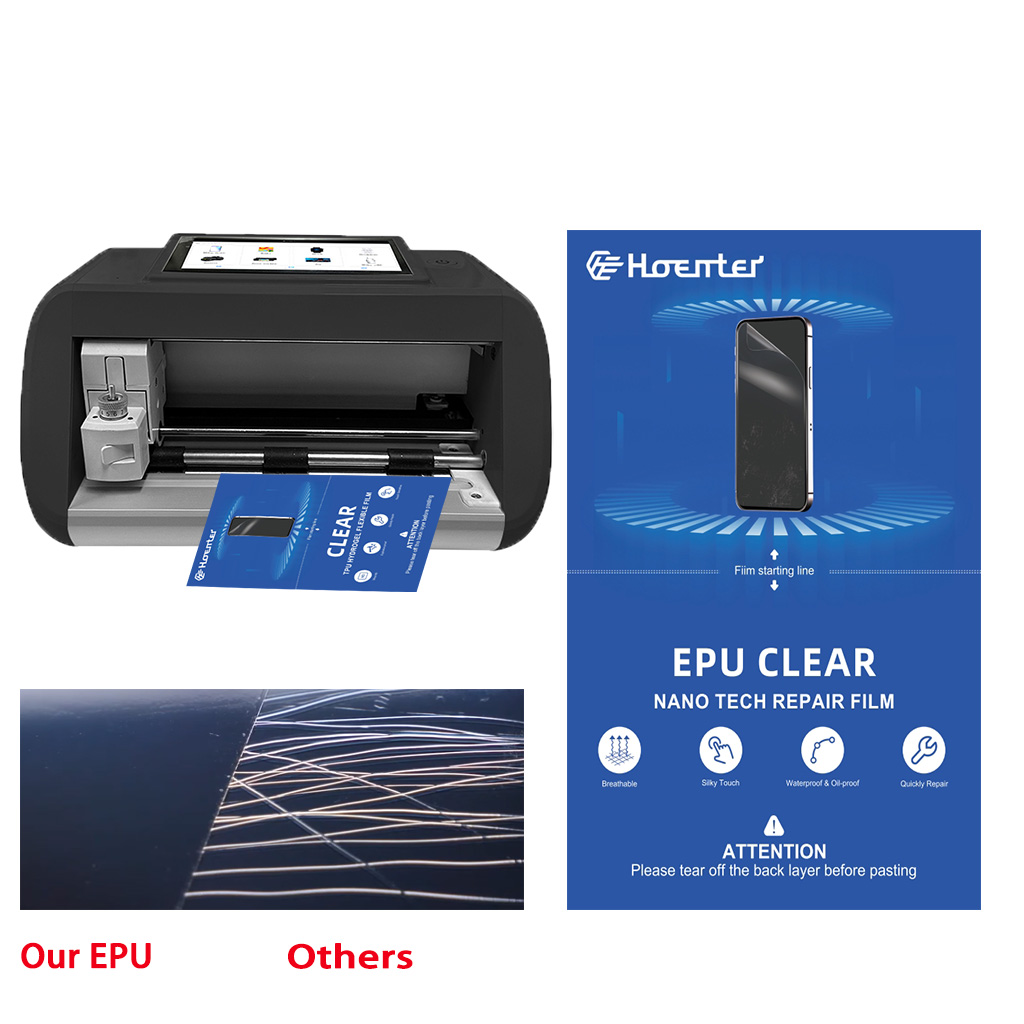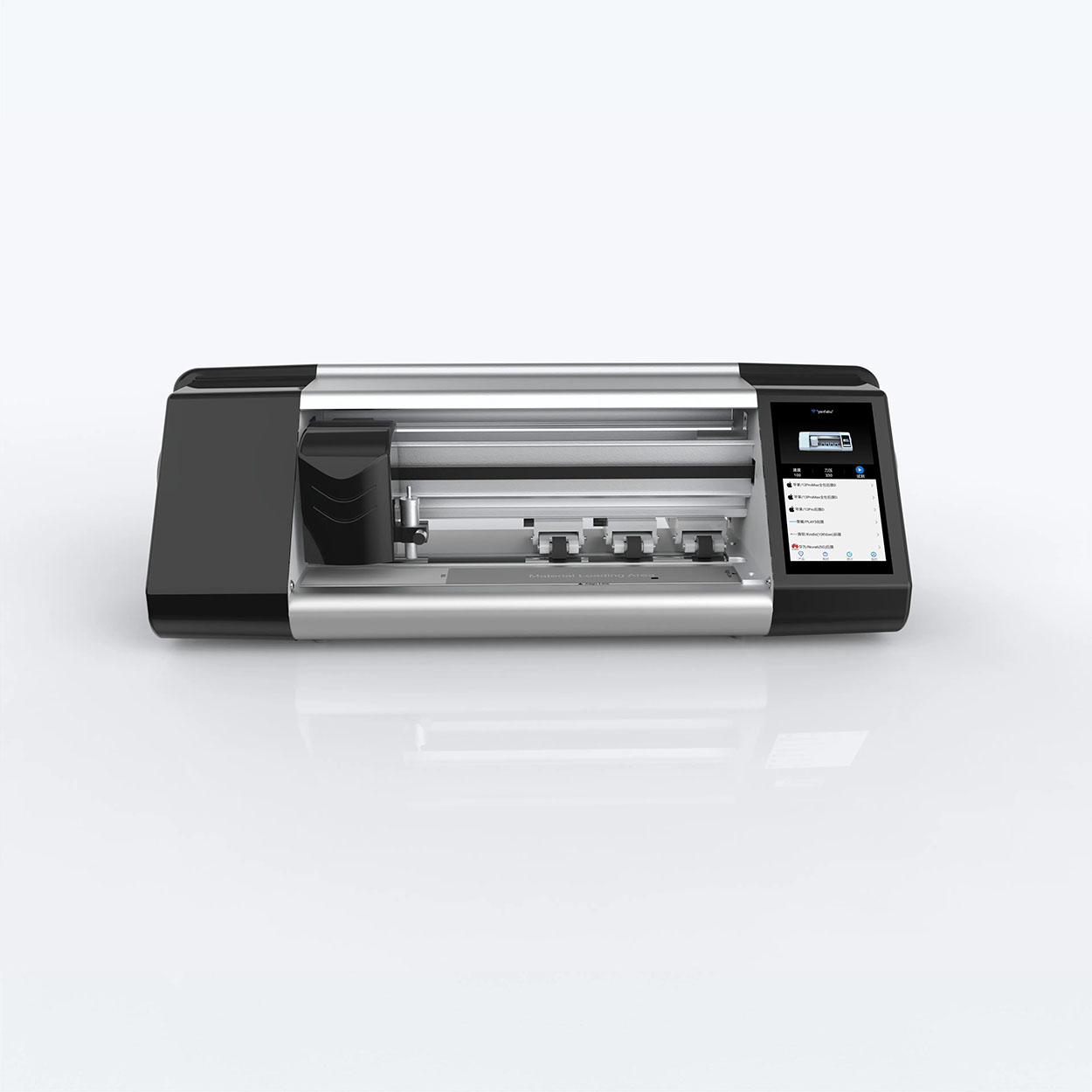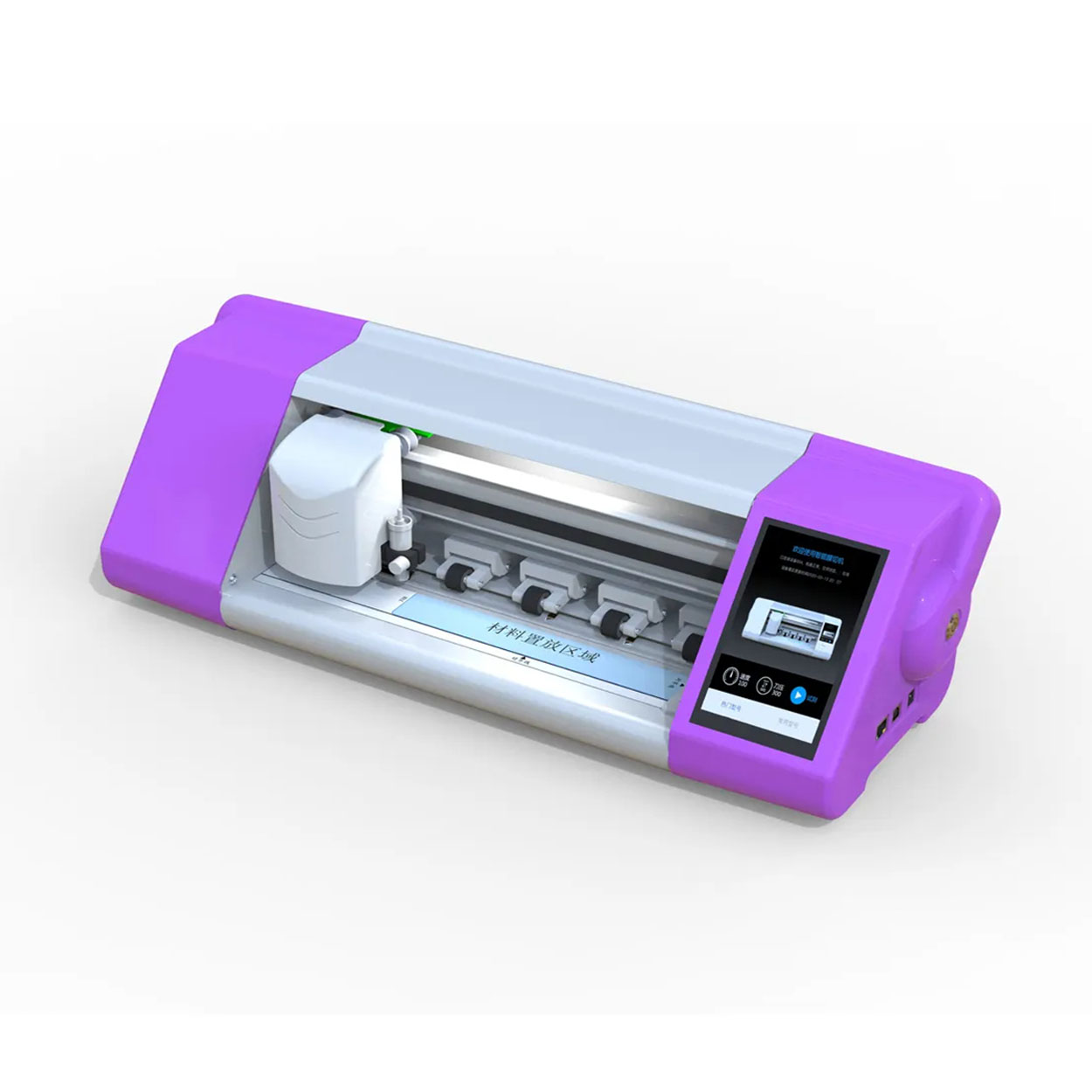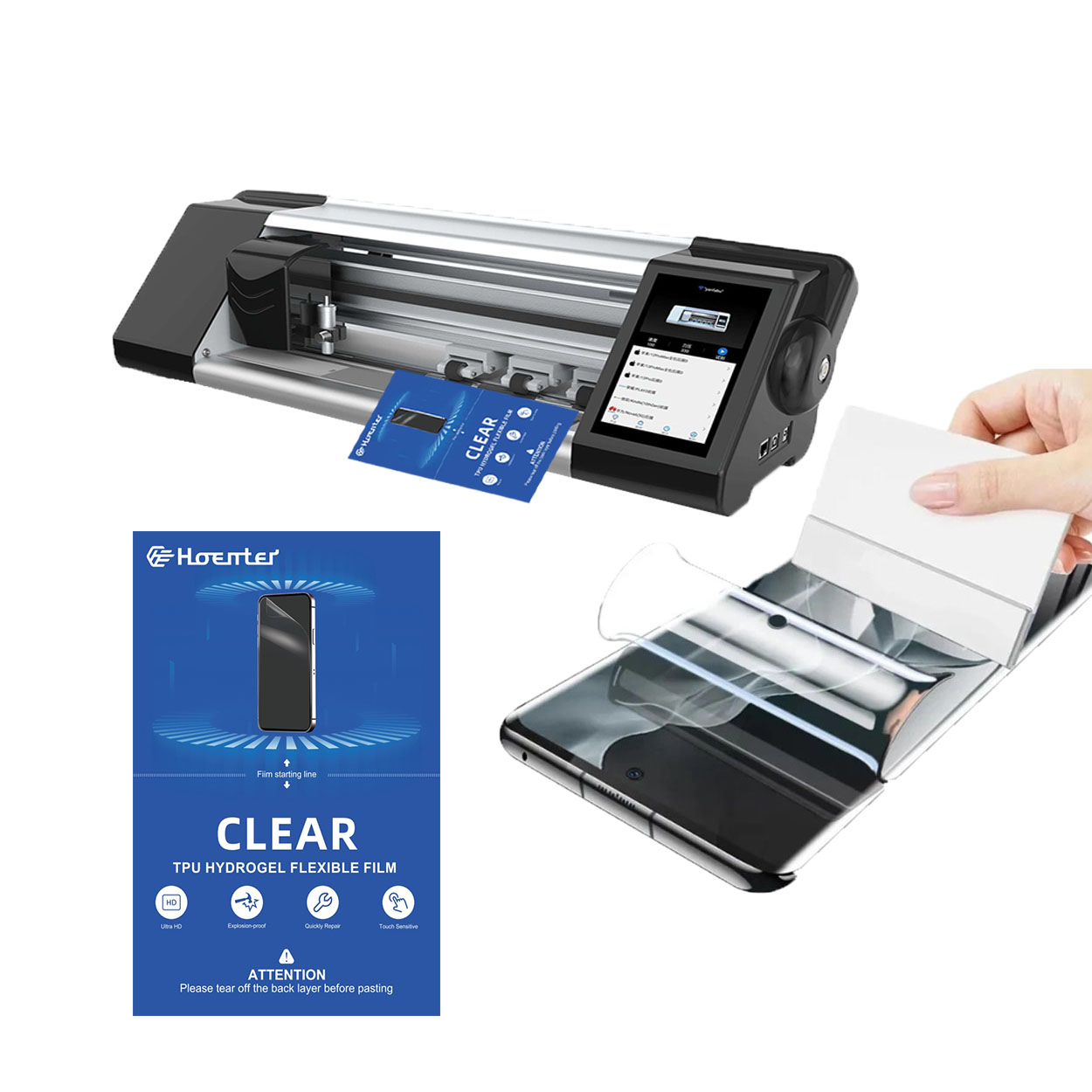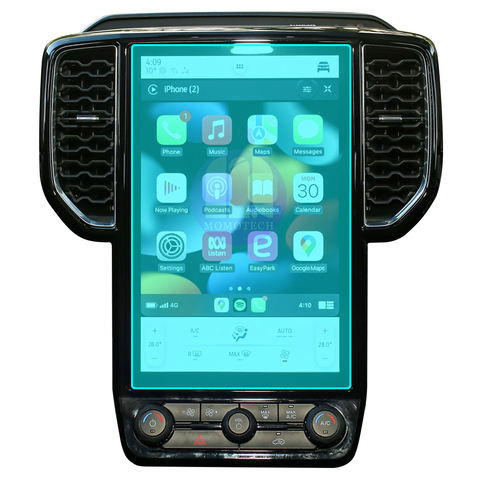
Miếng dán màn hình UV so với kính cường lực: Loại nào bảo vệ điện thoại của bạn tốt hơn?
Mục lục
Bản tóm tắt
Why This Article is Worth Reading
As someone who has been in the screen protector industry for years, I’ve seen firsthand how the right protection can save a phone from costly damage. Whether you’re rocking the latest iPhone or a Samsung Galaxy, understanding the differences between UV and tempered glass protectors can save you money and headaches in the long run. Let’s dive into the nitty-gritty of these two popular options and help you choose the best shield for your device.
What is a UV Screen Protector?
UV screen protectors are a relatively new entrant in the phone protection market. These innovative protectors use a liquid adhesive that is cured under ultraviolet light, creating a seamless bond with your phone’s screen. The process involves applying a thin layer of liquid glass onto the screen, then using a UV light to harden it into a solid, transparent shield.The unique selling point of UV screen protectors is their ability to conform perfectly to curved screens, making them an excellent choice for phones with rounded edges or unusual shapes. This perfect fit not only enhances protection but also maintains the original look and feel of your device.
How Does Tempered Glass Compare?
Tempered glass screen protectors, on the other hand, have been the go-to option for many years. These protectors are made from specially treated glass that’s been heated and rapidly cooled to increase its strength. The result is a durable, rigid sheet that can absorb impacts and prevent scratches.One of the main advantages of tempered glass is its ease of installation. Unlike UV protectors, which require a more involved application process, tempered glass protectors can often be applied in a matter of minutes without any special equipment.
UV Screen Protector: Pros and Cons
Ưu điểm:
- Perfect fit for curved screens
- Excellent clarity and touch sensitivity
- Strong adhesion reduces the risk of bubbles or lifting
- Can be removed and reapplied if needed
Nhược điểm:
- More expensive than traditional options
- Requires careful application and UV light for curing
- May be difficult to remove if not done properly
Tempered Glass: Strengths and Weaknesses
Strengths:
- Provides excellent protection against impacts and scratches
- Easy to install and replace
- Generally more affordable than UV options
- Offers a familiar feel similar to bare glass
Weaknesses:
- May not fit perfectly on curved screens
- Can sometimes affect touch sensitivity
- Edges may chip or crack over time
How Do UV Screen Protectors Work?
The magic of UV screen protectors lies in their unique application process. Here’s a step-by-step breakdown:
- Clean the phone screen thoroughly
- Apply a thin layer of liquid glass adhesive
- Place the protector on top of the adhesive
- Use UV light to cure the adhesive, bonding the protector to the screen
This process creates a molecularly bonded layer that’s virtually invisible and incredibly durable. The UV curing ensures that the protector adheres perfectly to every contour of your screen, eliminating gaps or bubbles that could compromise protection.
Are UV Screen Protectors Better for Curved Screens?
When it comes to phones with curved displays, UV screen protectors have a clear advantage. The liquid application allows the protector to flow into every curve and crevice, providing edge-to-edge protection that’s hard to achieve with rigid tempered glass.For devices like the Samsung Galaxy series with their distinctive curved edges, a UV protector can offer superior coverage and aesthetics. The seamless fit not only looks better but also enhances the overall protection by eliminating weak points around the edges.
How Does Installation Differ Between UV and Tempered Glass?
Installing a UV screen protector is a bit more involved than applying a traditional tempered glass protector. Here’s a quick comparison:UV Screen Protector Installation:
- Clean the screen meticulously
- Apply liquid adhesive
- Position the protector
- Use UV light to cure (usually takes 1-3 minutes)
- Clean up any excess adhesive
Tempered Glass Installation:
- Làm sạch màn hình
- Lột lớp lót
- Align and apply the protector
- Smooth out any bubbles
While tempered glass is quicker to install, UV protectors offer more room for adjustment during the application process, as the adhesive doesn’t set until exposed to UV light.
Which Offers Better Protection Against Scratches and Impacts?
Both UV and tempered glass protectors offer excellent scratch resistance. However, when it comes to impact protection, tempered glass often has the edge. The thicker, rigid structure of tempered glass can absorb and distribute impact forces more effectively than the thinner UV protectors.That said, the perfect fit of UV protectors on curved screens can provide more comprehensive protection by eliminating weak points around the edges where cracks often start.
How Do UV and Tempered Glass Protectors Affect Touch Sensitivity?
Touch sensitivity is a crucial factor in screen protector performance. UV protectors, being thinner and perfectly adhered to the screen, generally offer superior touch sensitivity. There’s virtually no gap between the protector and the screen, ensuring that every tap and swipe is accurately registered.Tempered glass protectors, while still very responsive, may occasionally have slight issues with sensitivity, especially around the edges of curved screens where the fit might not be perfect.
What About Clarity and Visual Quality?
Both UV and tempered glass protectors offer excellent clarity, but UV protectors often have a slight edge. The liquid application process and perfect adhesion mean that there are no air gaps or refraction issues that could affect visual quality.Tempered glass protectors are also very clear, but some users report a slight “rainbow effect” in certain lighting conditions, especially on cheaper models.
Cost Comparison: UV vs Tempered Glass
When it comes to price, tempered glass protectors are generally more affordable. You can find quality tempered glass protectors for most phone models at reasonable prices, often with multi-packs available for added value.UV screen protectors, due to their more complex technology and application process, tend to be pricier. However, many users find the extra cost worthwhile for the perfect fit and enhanced protection, especially for high-end devices with curved screens.
Which is Better for Long-Term Use?
Both UV and tempered glass protectors can offer long-lasting protection, but they have different lifespans and characteristics:UV Screen Protectors:
- Can last the lifetime of the phone if properly applied and maintained
- May be more difficult to replace if damaged
Tempered Glass Protectors:
- Typically last 6-12 months before needing replacement
- Easy to remove and replace when worn or damaged
The choice between the two often comes down to personal preference and how often you’re willing to replace your screen protector.
Những điểm chính cần ghi nhớ:
- UV screen protectors offer a perfect fit for curved screens and excellent clarity
- Tempered glass protectors provide superior impact protection and are easier to install
- UV protectors are more expensive but can last longer with proper care
- Tempered glass is more affordable and easier to replace
- Both offer excellent scratch protection and maintain touch sensitivity
- The best choice depends on your phone model, budget, and personal preferences
Ultimately, both UV and tempered glass screen protectors have their strengths. Your decision should be based on your specific needs, phone model, and how much you’re willing to invest in protecting your device. Whichever you choose, a quality screen protector is an essential accessory for keeping your smartphone safe and looking great for years to come.
Bình luận

So sánh màng Hydrogel linh hoạt với màng bảo vệ truyền thống
Sự lựa chọn giữa màng hydrogel mềm dẻo và màng bảo vệ truyền thống phụ thuộc vào nhu cầu của bạn về tính linh hoạt, độ bền và dễ sử dụng, trong đó màng hydrogel mang đến giải pháp hiện đại, đa năng và màng truyền thống mang đến khả năng bảo vệ chắc chắn cho màn hình phẳng.
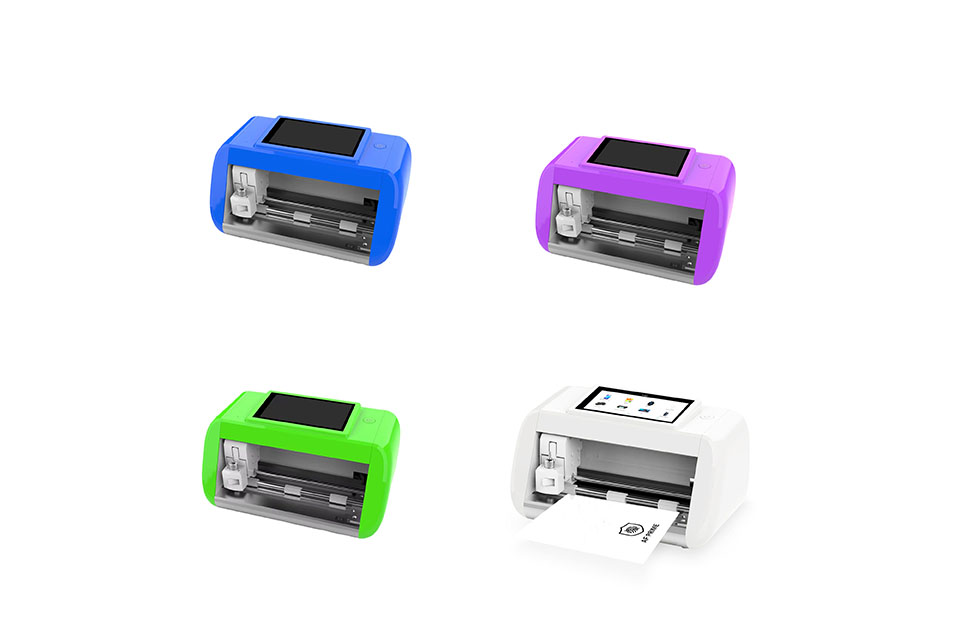
Hướng dẫn đầy đủ để lựa chọn máy cắt màng hydrogel phù hợp
Đầu tư vào máy cắt màng hydrogel có thể cách mạng hóa cách bạn tạo miếng dán màn hình tùy chỉnh cho nhiều thiết bị khác nhau. Hướng dẫn này sẽ giúp bạn hiểu liệu bạn có cần máy cắt hydrogel chuyên dụng hay không, cách xử lý các vấn đề về tính khả dụng của mô hình và những gì cần mong đợi liên quan đến các bản cập nhật phần mềm và hạn chế về vật liệu. Chúng tôi cũng thảo luận về các khuyến nghị chính để chọn đúng máy và cách đảm bảo lợi nhuận lâu dài khi mua hàng.

Tác động của tiến bộ công nghệ đến giá miếng dán màn hình điện thoại di động
Tác động của tiến bộ công nghệ đến giá miếng dán màn hình điện thoại di động là chủ đề đa chiều, khám phá cách những tiến bộ về vật liệu và kỹ thuật sản xuất đã biến đổi thị trường này.
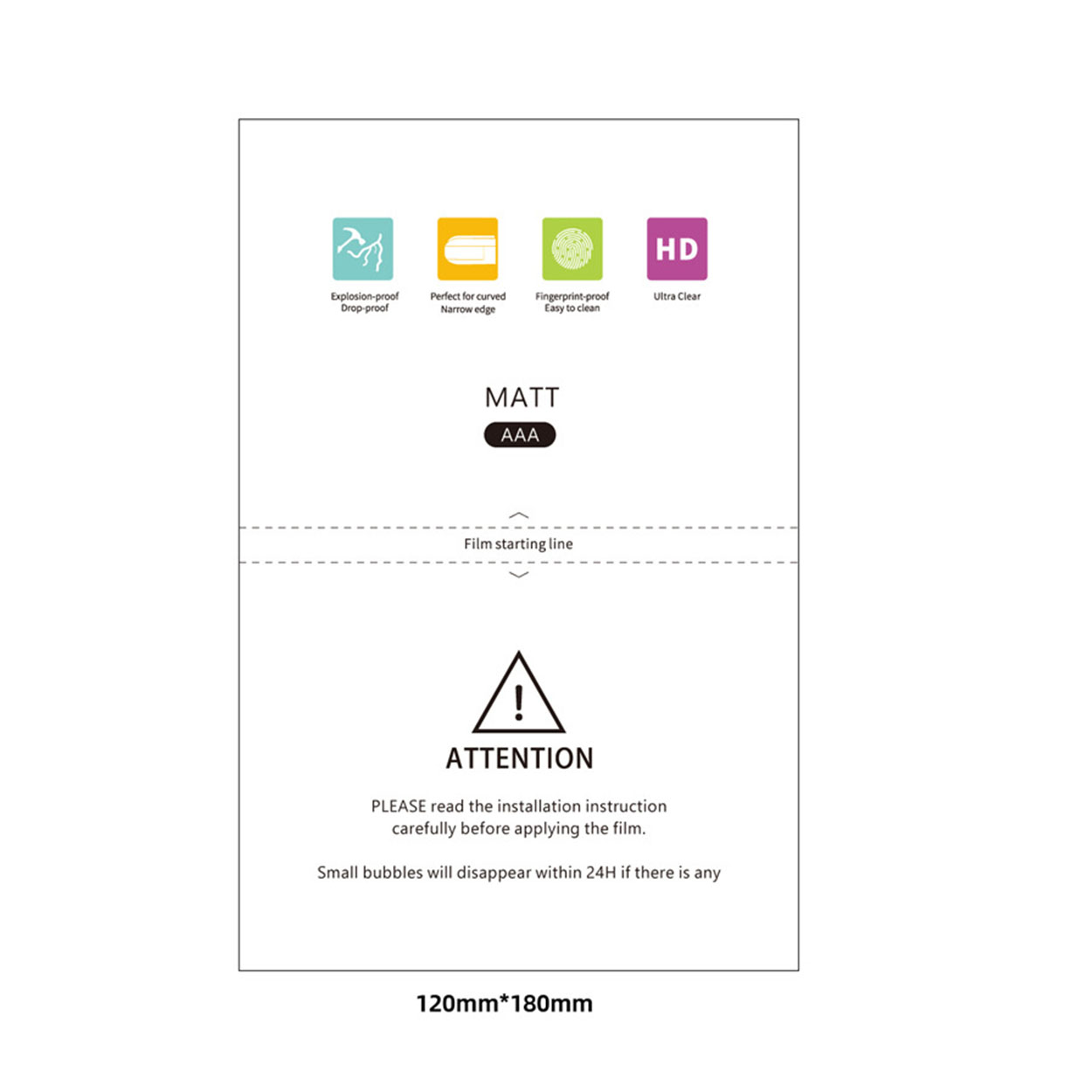
Miếng dán màn hình mờ đa năng cho máy cắt màn hình
Sử dụng miếng dán màn hình Matte của chúng tôi sẽ tăng cường độ bám khi chơi game cường độ cao, ngăn ngừa tình trạng trơn trượt khi ngắm hoặc di chuyển do mồ hôi, đảm bảo khả năng kiểm soát vượt trội.
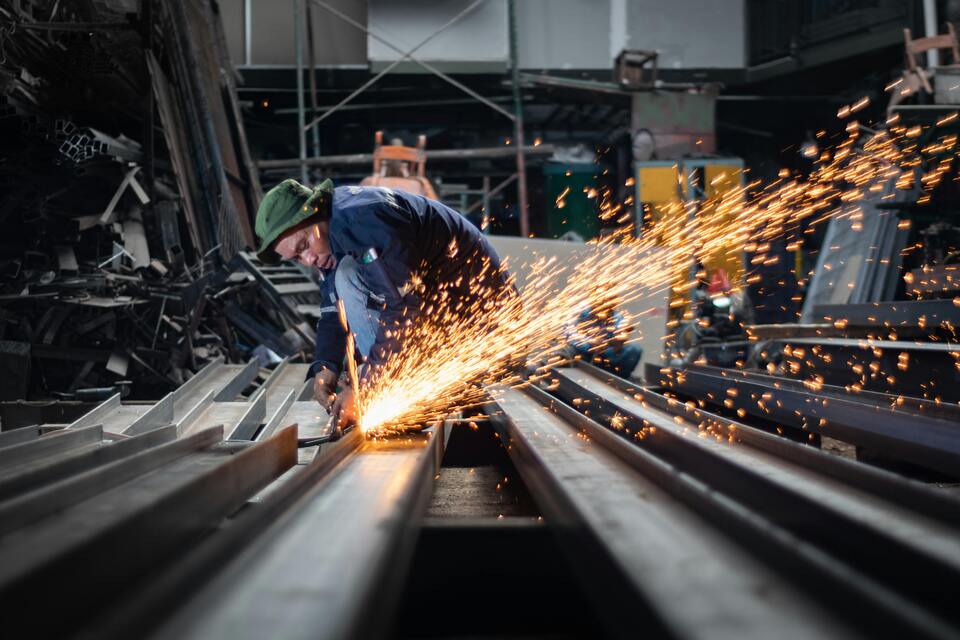
Are Paperlike Screen Protectors Good?
If you’re looking to elevate your iPad experience, a Paperlike screen protector might just be the upgrade you need!
Thẻ
Tìm tất cả kiến thức và xu hướng từ blog của chúng tôi, nhận giá bán buôn và chất lượng tốt nhất từ nhà máy của chúng tôi.
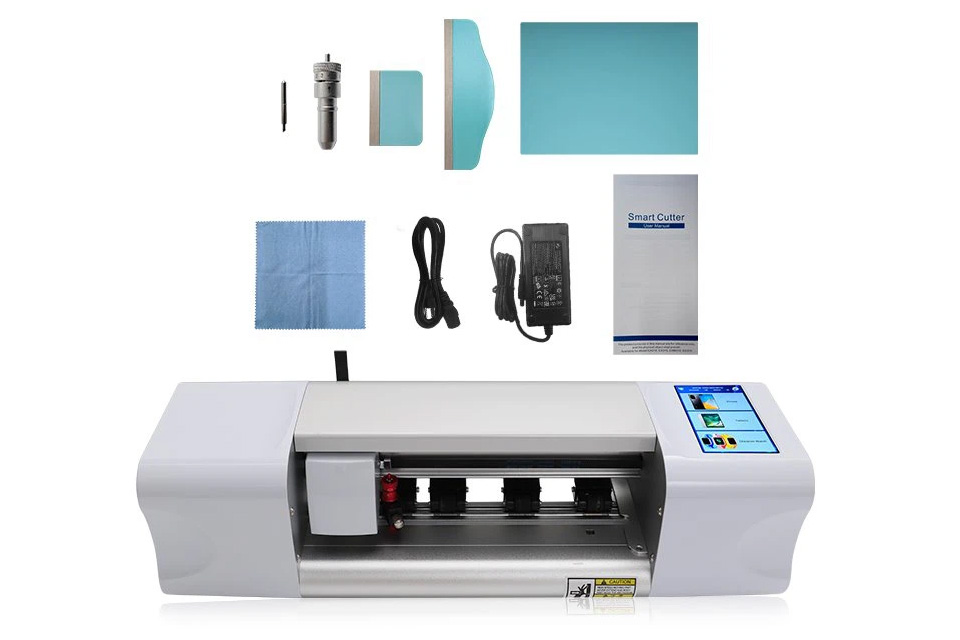
Máy cắt phim nào và ứng dụng của nó
Máy cắt phim đóng vai trò quan trọng trong sự phát triển của ngành làm phim và nhiều quy trình công nghiệp khác bằng cách cho phép cắt và ghép chính xác các vật liệu phim.
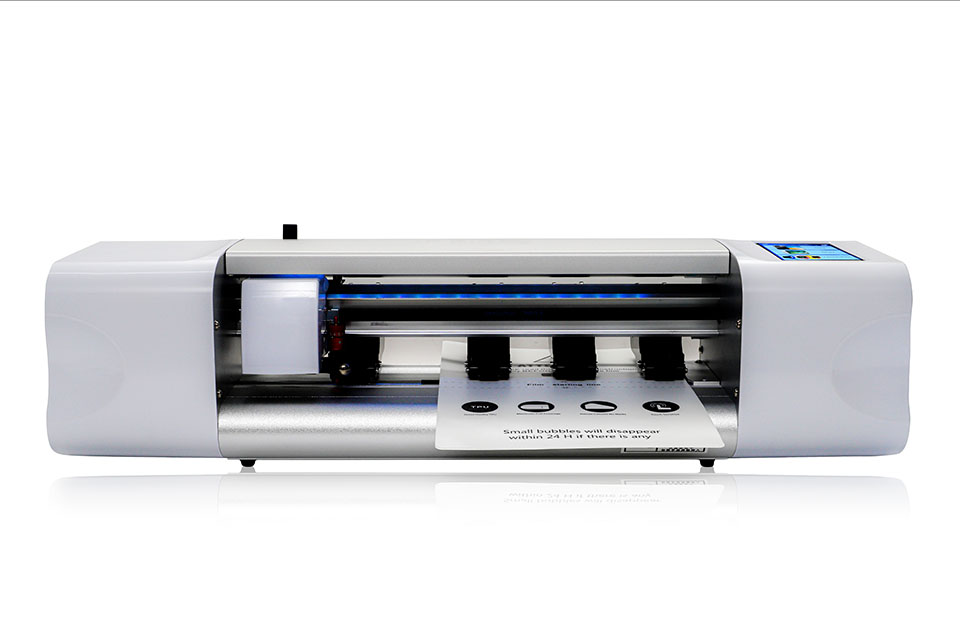
Máy cắt miếng dán màn hình là gì?
Máy cắt miếng dán màn hình là thiết bị chuyên dụng được thiết kế để sản xuất miếng dán màn hình vừa vặn cho nhiều thiết bị điện tử khác nhau, bao gồm điện thoại thông minh, máy tính bảng, đồng hồ thông minh, máy tính xách tay và màn hình máy tính.
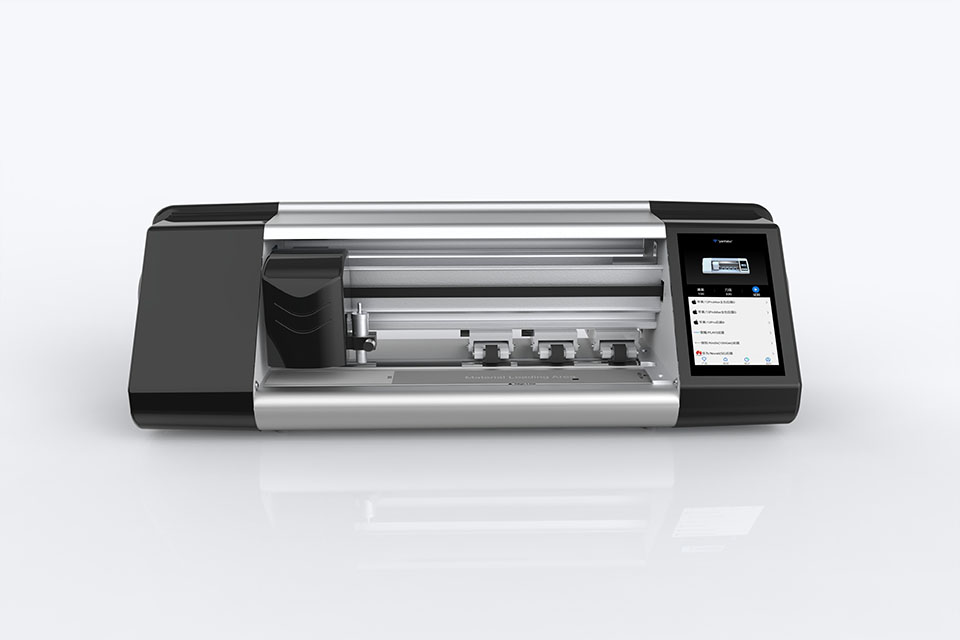
Máy cắt miếng dán màn hình điện thoại di động hoạt động như thế nào?
Máy cắt miếng dán màn hình điện thoại di động là một thiết bị tinh vi được thiết kế
để sản xuất miếng dán màn hình tùy chỉnh cho nhiều thiết bị kỹ thuật số có độ chính xác cao
và hiệu quả.
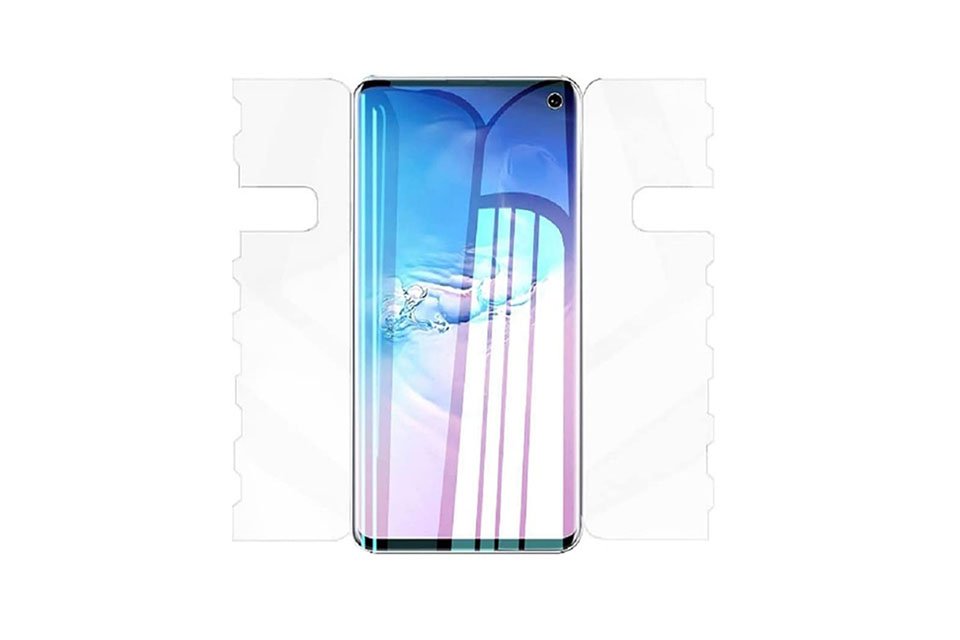
Đặc điểm của Kính cường lực điện thoại di động và Miếng dán màn hình TPU cho điện thoại di động
Tấm bảo vệ màn hình bằng nhựa nhiệt dẻo polyurethane (TPU) linh hoạt, bền và
màng nhựa tự phục hồi được thiết kế để bảo vệ màn hình thiết bị điện tử khỏi
trầy xước, va chạm và các hư hỏng tiềm ẩn khác.
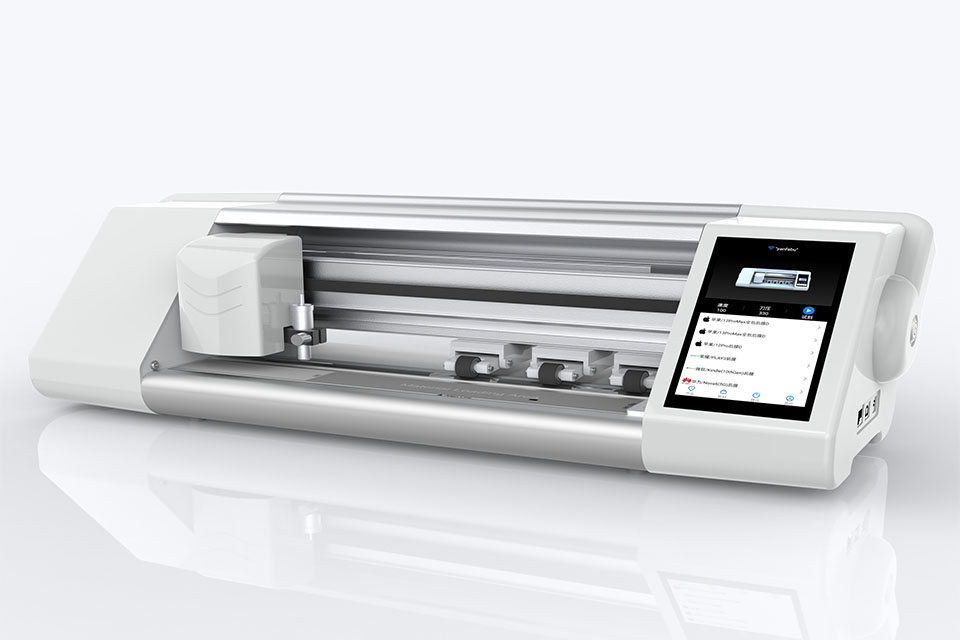
Cách mạng hóa bảo vệ thiết bị với máy cắt bảo vệ màn hình
Cho dù bạn sở hữu điện thoại thông minh, máy tính bảng hay đồng hồ thông minh, chiếc máy đa năng này có thể chứa nhiều loại thiết bị. Nó có thể thích ứng liền mạch với kích thước của thiết bị của bạn, mang đến sự vừa vặn tùy chỉnh mà các loại bảo vệ thông thường không thể sánh kịp.
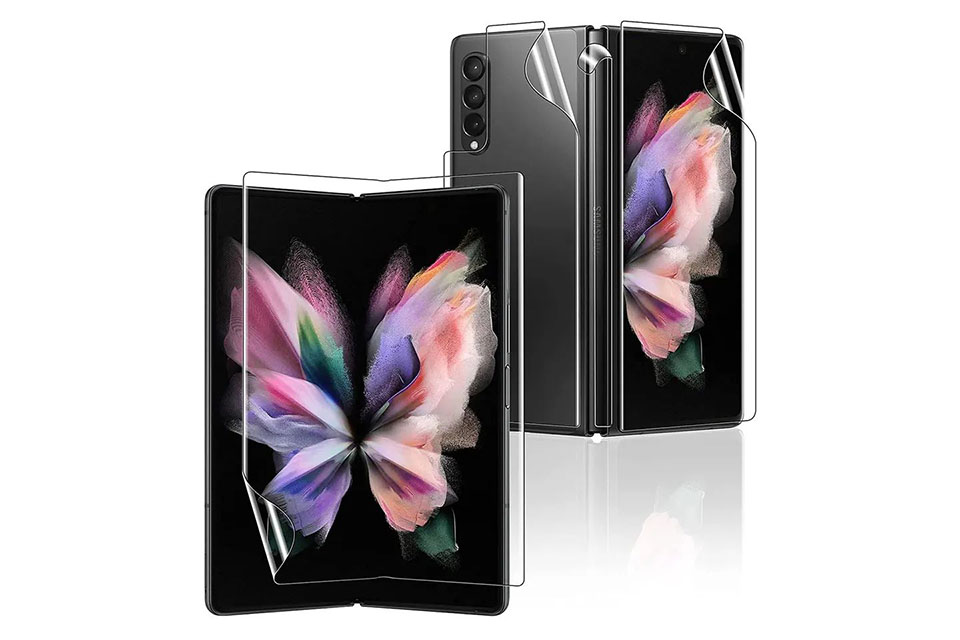
Bảo hành trọn đời cho miếng dán màn hình
Bảo hành trọn đời cho miếng dán màn hình là sự đảm bảo được cung cấp bởi nhà sản xuất
cam kết sửa chữa hoặc thay thế miếng dán màn hình trong suốt thời gian sử dụng sản phẩm, theo các điều khoản và điều kiện cụ thể.




